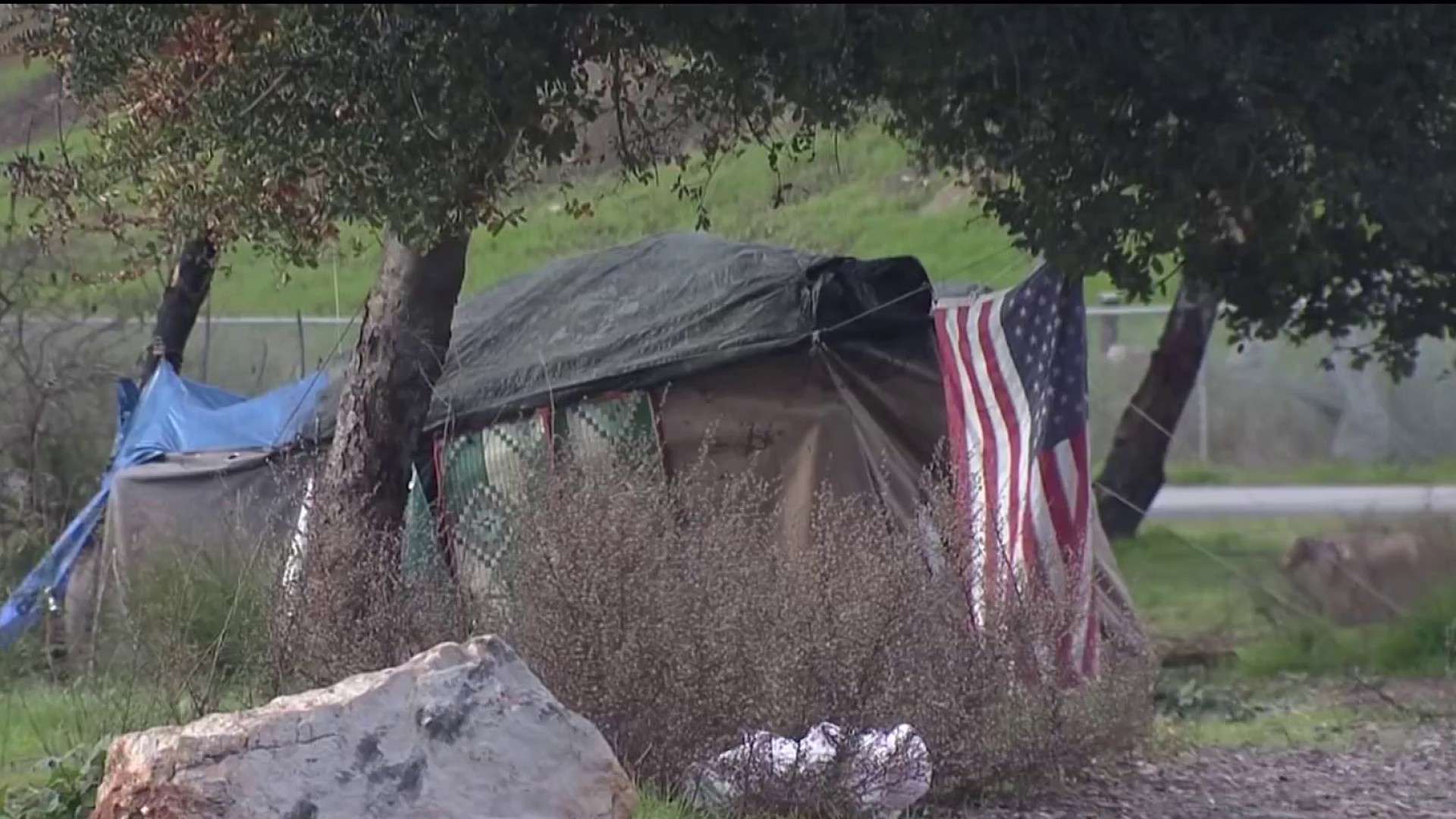At Mark Zinman’s Moraga home, his gas bill just ignited change.
“When I got that bill I was a little alarmed,” he said. “So, I tried turning down the thermostat, using less gas.”
December’s PG&E bill was $575; of that, $400 was for gas. So, Zinman's furnace got a new setting.
“I was setting it at 68 or 69 degrees,” he said. “When that bill came in for $575, I set it back to 66… or 65 when we sleep at night.” He expected that conservation to pay off in January. It didn’t.
“The next bill came, and we used less, but it was still $575. And it was still a $400 gas bill portion,” he said. “You feel a little out of control.”
You’re likely in the same boat. Perhaps you’ve heard PG&E and its counterparts' explanation: demand was up and wholesale gas prices spiked.
San Diego Gas spoke with our sister station, NBC 7 Responds.“This increase is much larger than we ever could have anticipated,” said Candace Hadley, a utility spokesperson.
Local
Wholesale prices 4 times, 5 times in California
We dug in. And discovered a disconnect.
Get a weekly recap of the latest San Francisco Bay Area housing news. >Sign up for NBC Bay Area’s Housing Deconstructed newsletter.
Wholesale natural gas prices are regional and change daily. We looked at a stretch in January. California’s gas prices were four, five, and almost six times higher than much of the U.S. for days.
In some other parts of the country, there was extra natural gas -- so much that some producers were paying others to take it off their hands.
“In January and February for most of the United States the weather has been warmer than normal, said Chris Higginbotham with the U.S. Energy Information Administration. “And that has meant natural gas demand has gone down, it’s below average right now.”
Three culprits so far
So, why did prices shoot so high in California? Several analysts pointed to three issues: reduced storage, pipeline problems, and chilly weather.
The weather explanation checks out. It’s been frosty here. “Our high temperatures will only reach the 40s,” said NBC Bay Area Meteorologist Kari Hall in a recent forecast.
We needed gas, fast. But there was an issue.
“In California, the natural gas storage levels were lower than normal,” Higginbotham said.
Generally speaking, the state’s tanks were only about two thirds full. Why? We asked one gas storage company, Rocketpoint. A representative said, “gas storage levels fluctuate throughout the year” and exact storage levels are “proprietary information.”
So, what about piping in more gas? After all, there was excess to the east. Analysts say California gets most of its gas through just three main pipelines. Some parts were down when the state needed maximum flow.
Old accident equals new price spike?
Several experts noted a pipeline called “Line 2000.” It made headlines in Arizona when it exploded and destroyed a nearby home. Two people inside died. The pipeline has been offline since then.
But it blew up in August 2021.Why is it blamed for a price surge in 2023?
In a letter, Gov. Gavin Newsom asked the federal government’s energy watchdog, the Federal Energy Regulatory Commission, to investigate the recent price spike. PG&E told us it “supports the governor’s call.”
Culprit four: manipulation?
To some, low tanks and slow pipelines resemble the state’s 2000 and 2001 energy crisis. Back then, secretly-recorded phone calls exposed insiders’ scheme to intentionally take power plants down to push prices up in California.
“We want you guys to get a little creative and come up with a reason to go down,” a trader told a plant manager in one of the calls, released by a Washington utility regulator.
“These are hard cases to investigate,” said Severin Borenstein, Ph.D., faculty director of the Energy Institute at U.C. Berkeley’s Haas Business School. We asked Borenstein if he sees any parallels between the power crisis in 2000 and natural gas today.
“I do see parallels in the setup at least,” he said.
Borenstein said federal investigators should be looking for signs someone manipulated the gas market -- at your expense. Why were pipelines reduced and storage tanks low right when California clearly needed gas?
“Did that put some players in the market in a position to make it even worse, as we saw happen back in 2000, 2001,” he asked.
Federal inquiry timeline
Borenstein says connecting the dots will take time. “I suspect it will be many months or into 2024 before we actually hear some sort of real judgment in this,” he said.
Back in Moraga, Zinman welcomes an investigation. “I’m sure there are situations of manipulation,” he said “And yes, I lived through Enron as well.”
He’s still adjusting the thermostat, and “plugging holes,” as he says. But Zinman’s not exactly optimistic.
“They got you,” he said. “You’re probably not going to be able to plug any holes. You’re either gonna have to use less or just keep paying.”
Fair warning: your next gas bill might be another shocker. Analysts told us that’s because utilities are usually about a month behind passing wholesale prices on to you.
Three hopeful signs
Here are three pieces of good news for your gas bill.
- Natural gas prices have stabilized
- The government forecasts a 47% price drop this year and next
- The Line 2000 pipeline we talked about just got a green light to go back online. That should bring more gas to the west.



